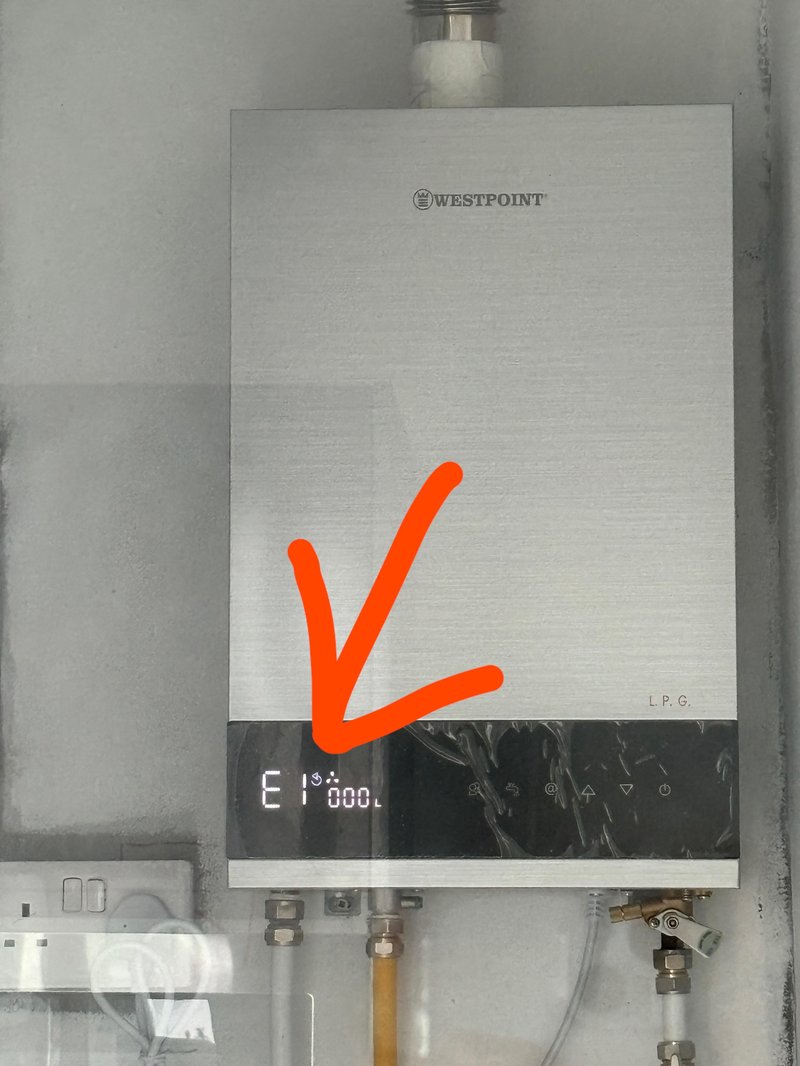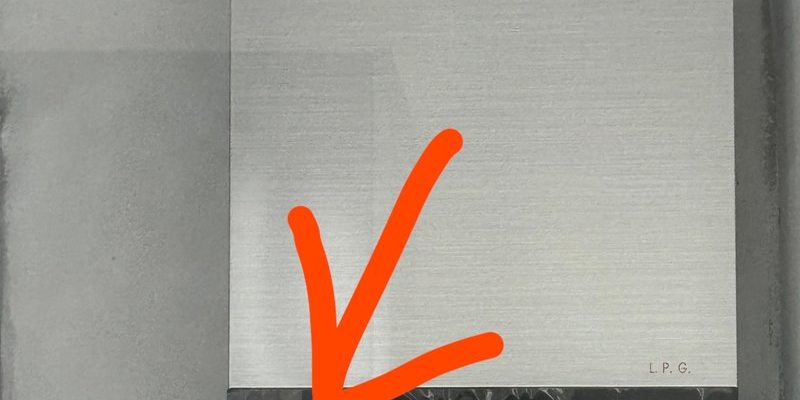
Error Code E1 on a Bosch water heater is something akin to a car’s check engine light. It’s an indicator that something isn’t quite right with your heater, but it doesn’t give much detail on its own. Often, it’s related to issues with ignition or gas supply. While resetting your heater can sometimes wipe away that error code, it might only be like hitting the snooze button on an alarm—it gives you a temporary reprieve but doesn’t solve the underlying issue. Understanding what this code means and how to handle it can save you both stress and cold showers.
Understanding Error Code E1
Error Code E1 on a Bosch water heater typically involves issues related to ignition or fuel. Think of it like your heater trying to start a fire in a wood stove. If there’s no wood (or in this case, gas), or if the matches (ignition) won’t light, you’re left in the cold. The E1 error signals the lack of either a proper gas supply or a failure in the ignition process. It tells you that the heater’s attempt to ignite the burner failed, much like trying to start a car without fuel.
This problem could arise from a variety of things. The gas supply might be interrupted, or there could be air in the gas line. Alternatively, the ignition electrodes could be dirty or misaligned, preventing a spark. Sometimes, it’s as simple as a power surge that confused the system. Before going any further, ensure that there’s a consistent gas supply to your heater and check if other gas-operated appliances work. This checks if the gas line, the equivalent of your car’s fuel pump, is operational.
Once you know there’s gas flowing, but the error persists, the likelihood of a more technical issue rises. Ignition electrodes might need cleaning or realignment, or sensors could need a replace. While these are not tasks for everyone, knowing about them helps when speaking with a technician.
How to Reset Your Bosch Water Heater
You might be thinking, “Okay, resetting—how hard can it be?” Quite fortunately, resetting a Bosch water heater is typically straightforward, though specific steps can vary based on model. Generally, you start by locating the reset button, often found on the unit’s control panel. Pressing this button is like giving your system a fresh start, clearing temporary malfunctions from its memory.
Hold the reset button for a few seconds, then release it. This is akin to rebooting a computer; sometimes, all a system needs is a fresh slate to function correctly. If the error code disappears and warm water starts flowing, great! It’s possible that you’ve resolved a minor glitch. Nevertheless, keep an eye on it over the coming days. If the error crops up again, the issue may run deeper.
Remember, while resetting can sometimes solve the problem, it won’t fix fundamental mechanical or gas issues. If the error code persists despite several resets, contacting a professional is the best next step. They can dive deeper into the heater’s mechanics and ensure everything’s safe and functional.
When Resetting Isn’t Enough
So, you’ve reset the heater, but that pesky E1 code keeps flashing—what now? If that’s the case, it might be time to explore other possibilities. Like ignoring a flashing oil light on your car, continuously resetting without addressing the real problem can lead to bigger headaches. Persistent issues often require a thorough examination of the heater’s inner workings.
Start with a basic inspection, if you’re comfortable: ensure gas valves are open, inspect the gas lines for leaks, and check the ignition for visible dirt or misalignment. Sometimes, a maintenance step as simple as cleaning the burner or checking the ventilation can make a difference. A blocked vent can disrupt air flow, much like a covered chimney prevents smoke from escaping.
If these don’t solve the problem, it might be a faulty sensor or component. At this point, enlisting a professional’s help is wise. They can diagnose deeper mechanical issues, replace parts if needed, and ensure your heater is running efficiently and safely. Here’s a tip: keeping your heater regularly maintained can prevent most errors, including mysterious E1 codes, from occurring in the first place.
Prevention and Maintenance Tips
As they say, an ounce of prevention is worth a pound of cure. Regular maintenance can go a long way in keeping your Bosch water heater running smoothly and error-free. Simple actions, like regularly checking connections and keeping the area around the heater clear, can enhance efficiency and longevity.
Annual inspections by a qualified technician will catch potential problems before they become serious. During these checks, they can clean and service components like the burner and ignition system, much like tuning up a car’s engine for peak performance. You can also learn simple DIY maintenance tricks during these visits, such as recognizing when your heater needs professional attention.
Make it a habit to monitor your heater’s performance and keep an eye out for unusual noises or inconsistent heating. These could be early signs of a problem. By staying proactive, you can enjoy uninterrupted hot water and prolong your heater’s lifespan, avoiding the inconvenience of error codes interrupting your day.
In essence, while resetting your Bosch water heater might seem like a quick fix for Error Code E1, it’s crucial to look beyond the surface. Understanding the underlying issue and maintaining your heater can keep your showers warm and stress levels low. So, if the reset doesn’t stick, don’t hesitate to reach out to a professional for help.
